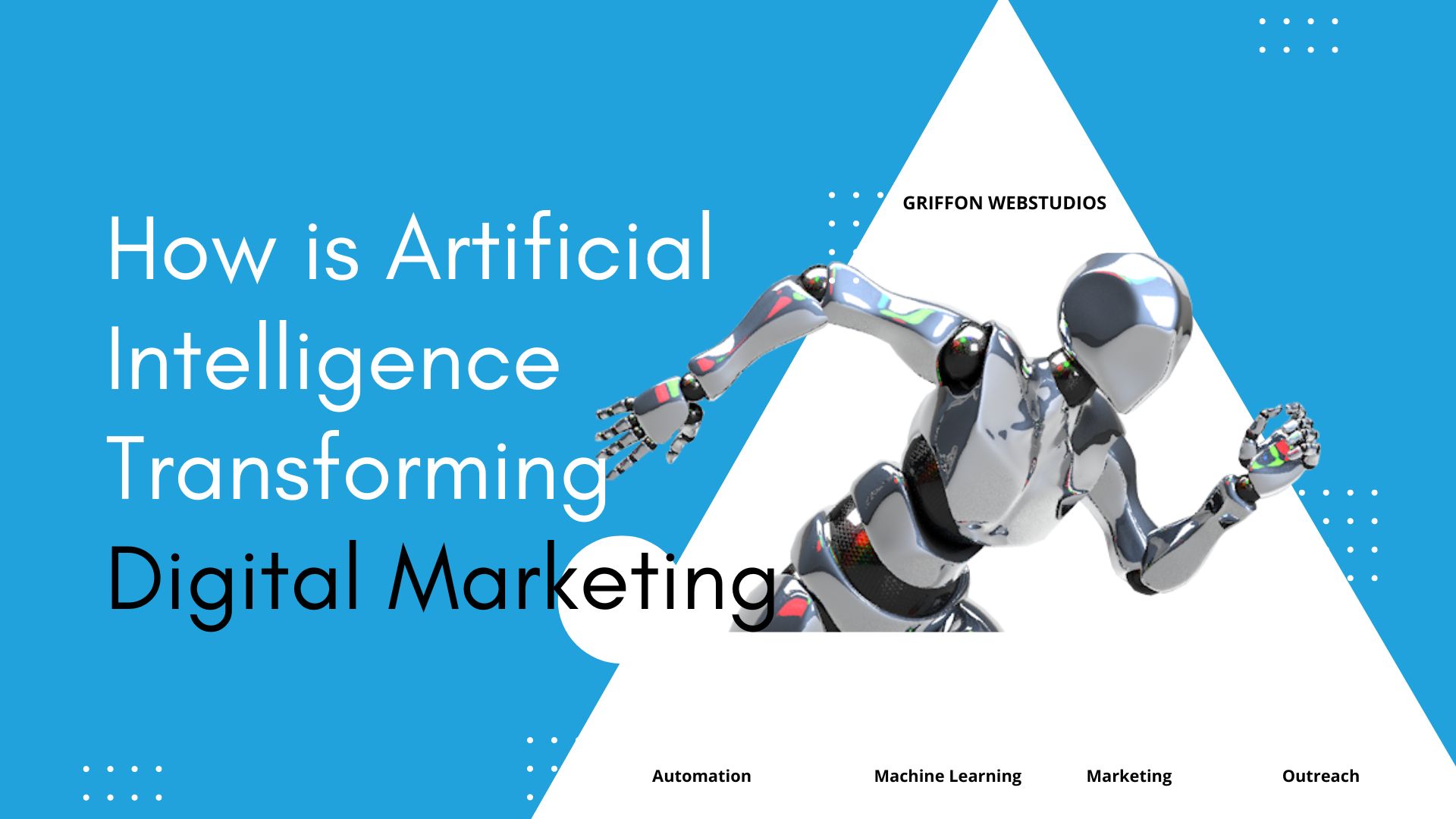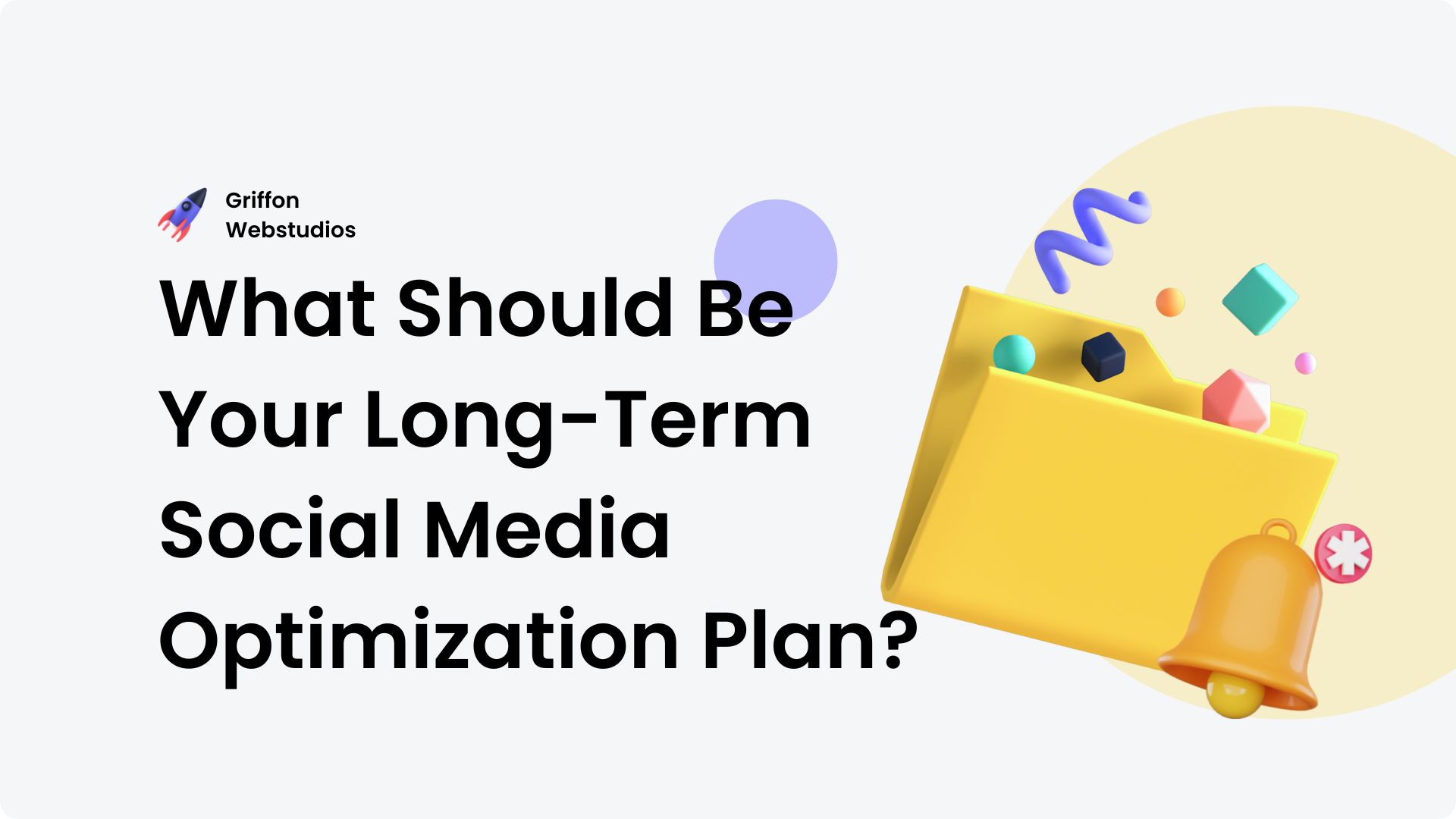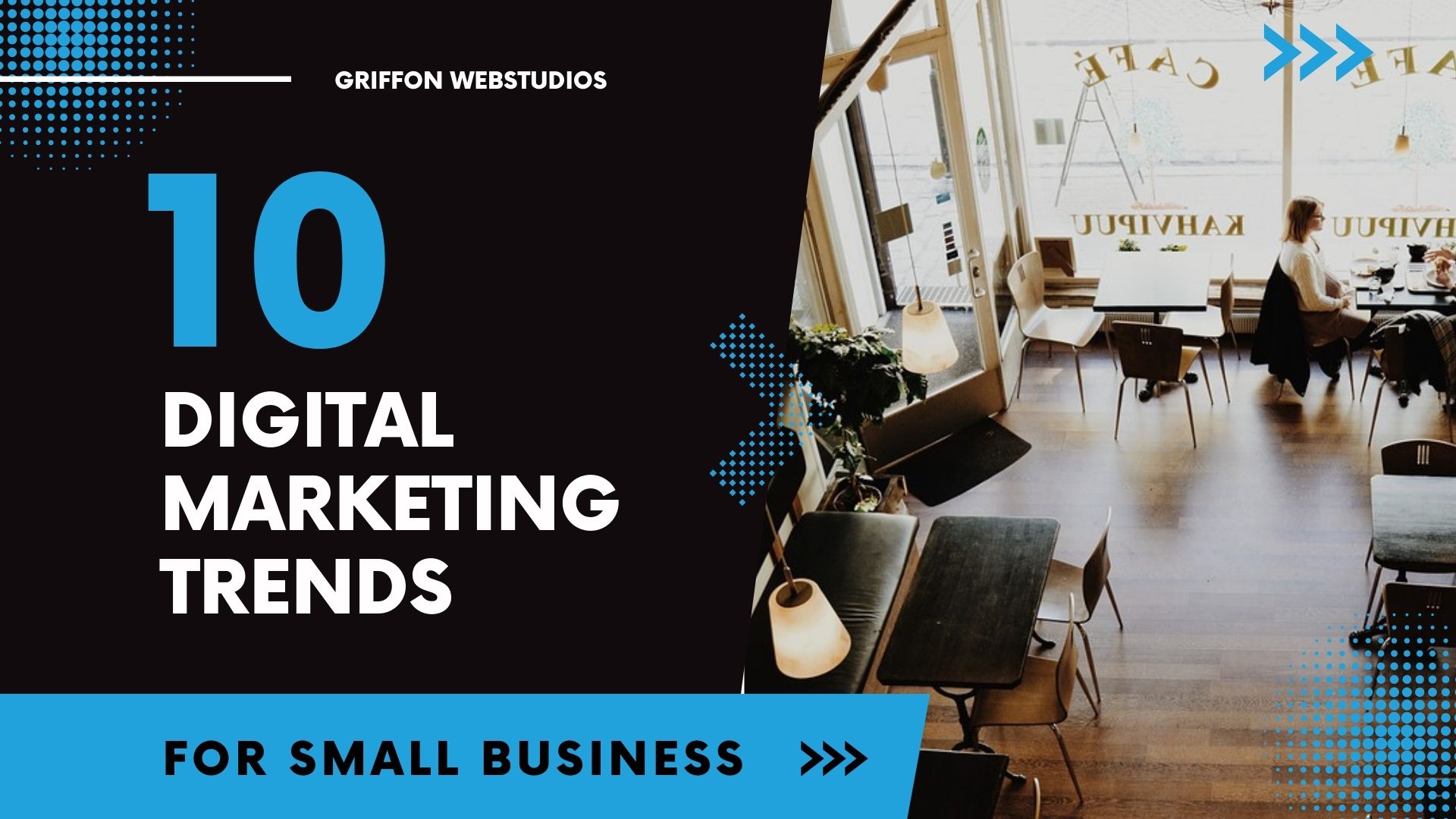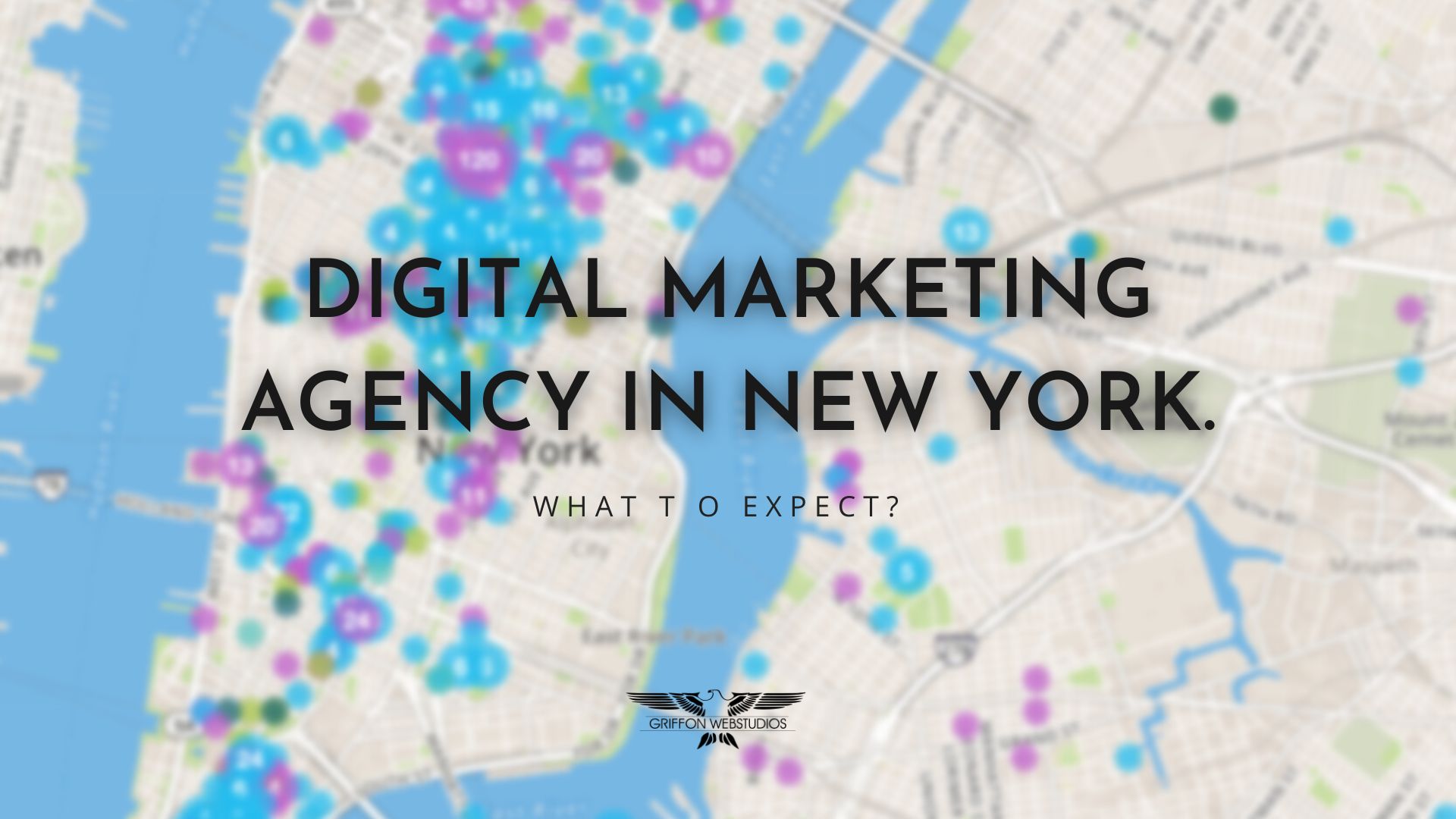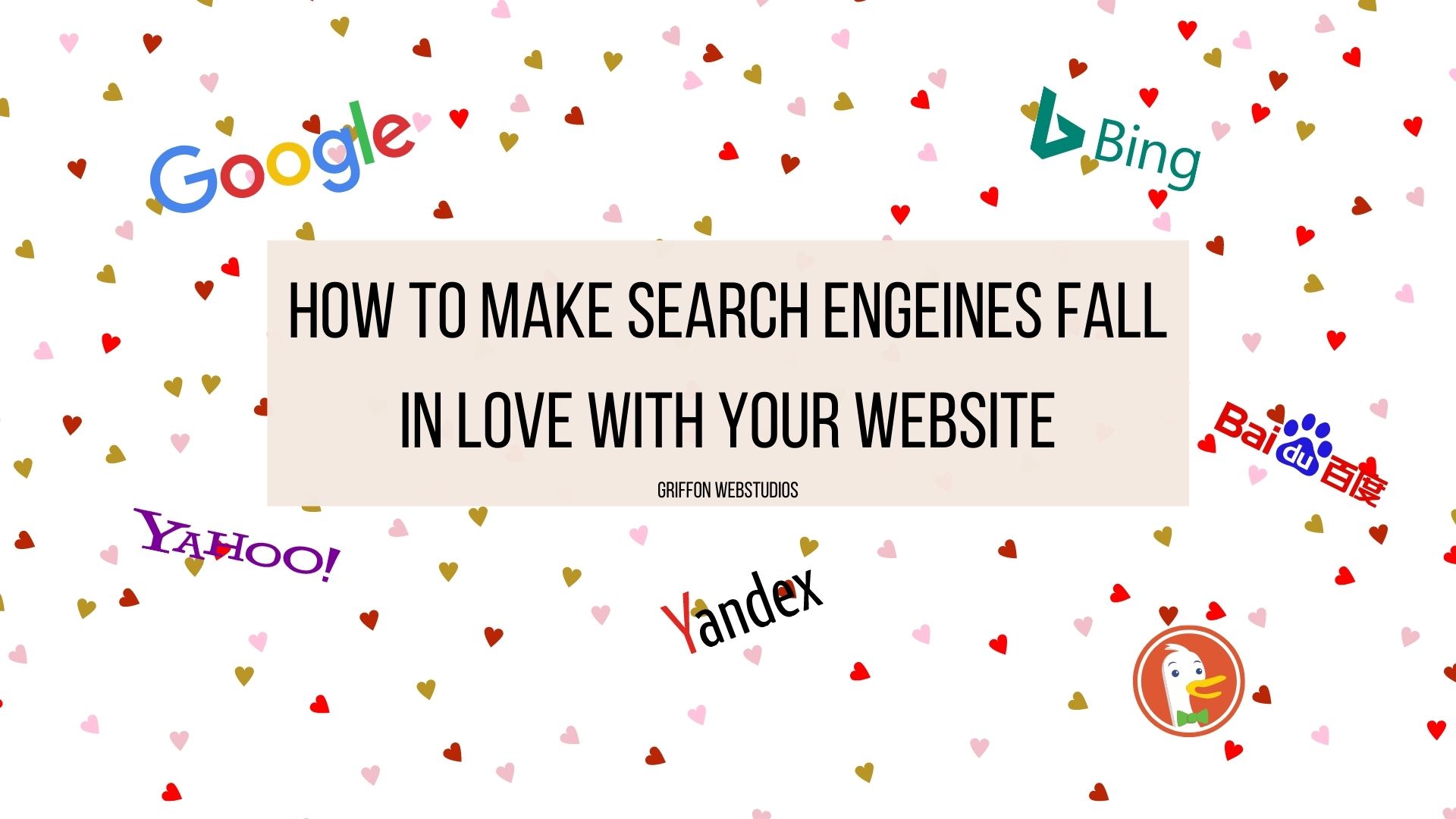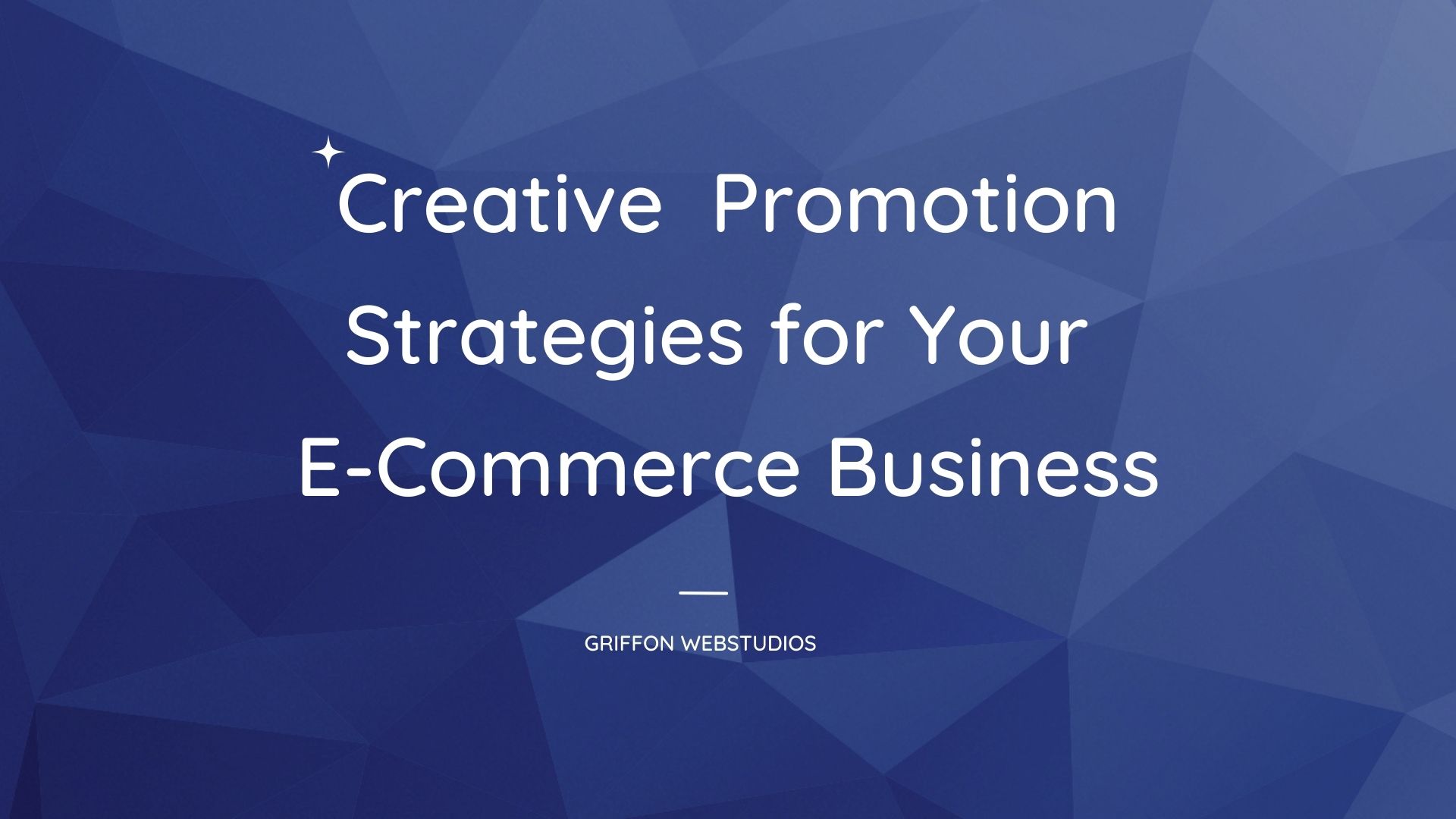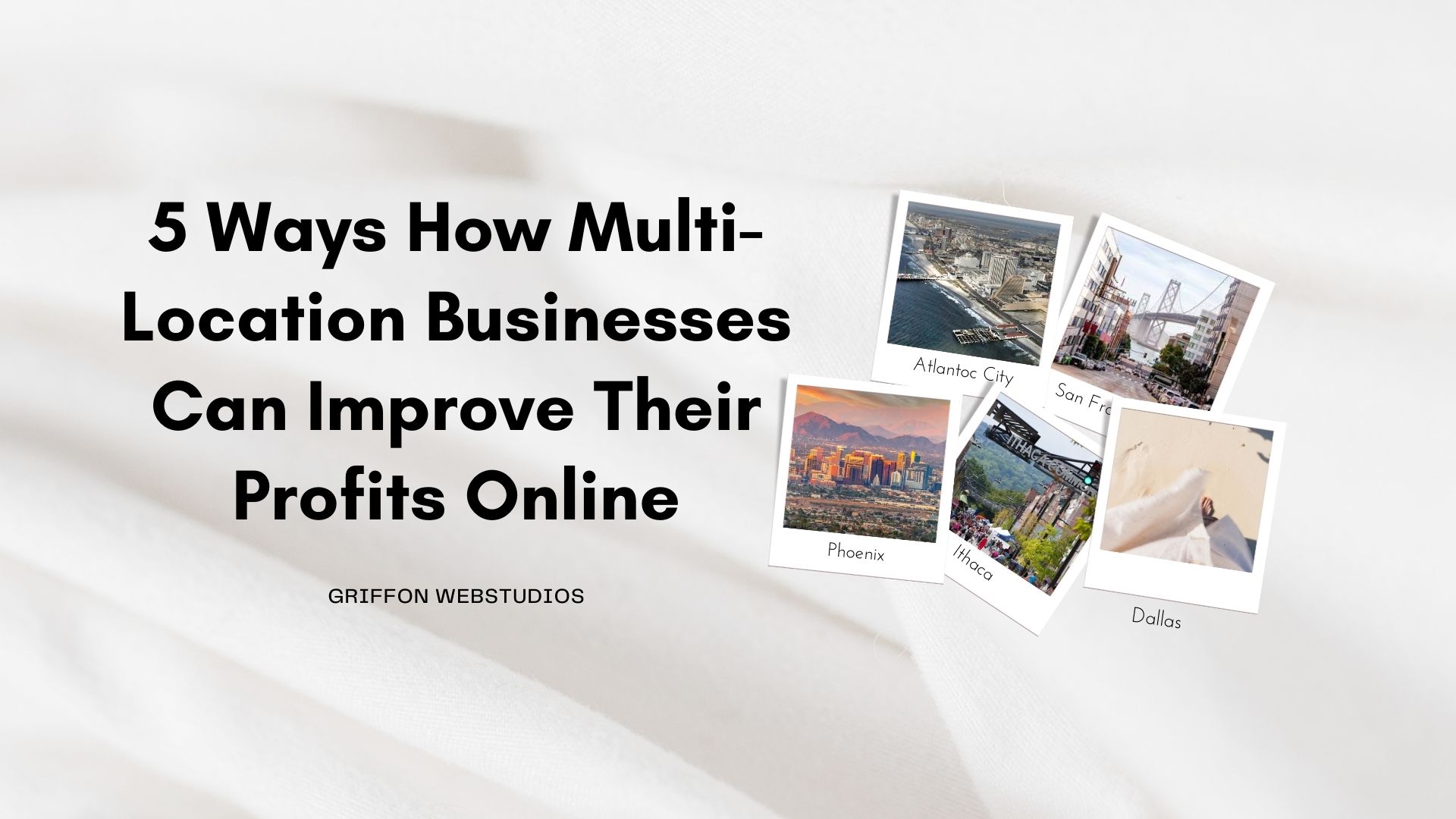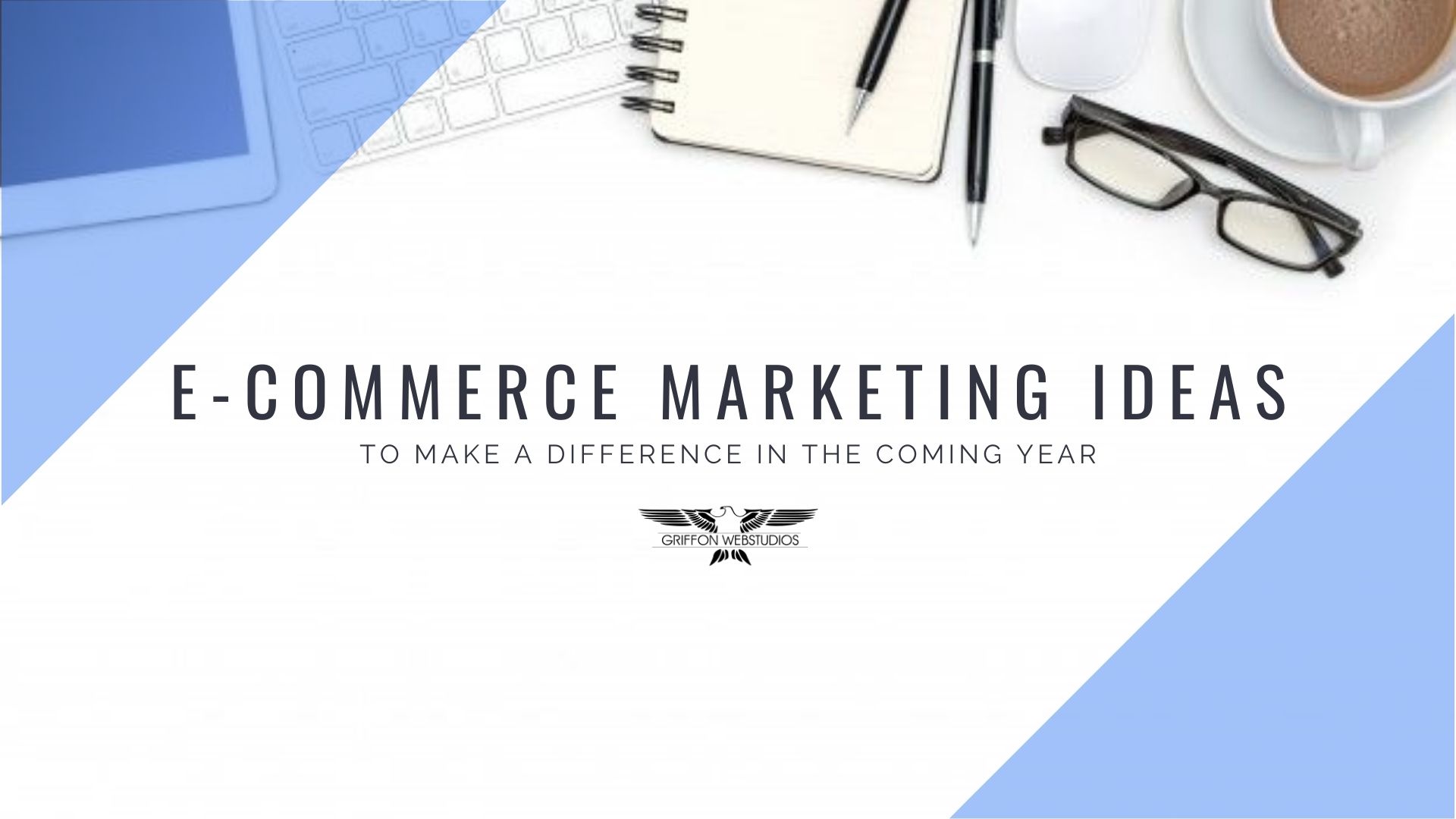
Google has announced “helpful content update”. What’s new?
On August 25, 2022, Google released a new update to its massive search engine algorithm. In this new edition, the focus of content marketing has changed from information explicitly written for search engines to a “people first” kind of slant. If you want to grow in search engine results, you need to cater your content to better serve the average consumer. This update rollout aims to boost the rankings of engaging and well-written content designed for human consumption instead of helping those with blog posts that seem stuffed with keywords and intended for web crawlers. The “helpful content update” will help the average search find highly relevant, high-quality content that speaks directly to their needs. So how do you change your content to adapt to this new update from Google? 1. Stick to the Main Topic You want to ensure you don’t stray too far from your main topic. If a reader comes to your blog or website looking for information on one thing and sees something completely unrelated, they may not return. Try to keep a universal brand identity on your site that involves your content marketing strategy. 2. Showcase Your First-Hand Knowledge To overcome the challenge of not

